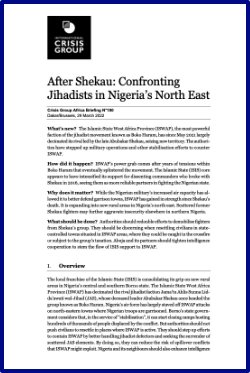By OSCE Transnational Threat Department Action against Terrorism Unit
Terrorist activity in today’s world is complex, multifaceted, and not confined to national borders. Terrorist groups are less cohesive, and the threat they pose is harder to understand and predict. We are witnessing not only directed attacks in the OSCE area, but also self-inspired acts of violence. Some terrorist actors are foreign fighters; others have never left their communities. The goals, motives, and justification for the violence have changed as well, and the causes and drivers of violent extremism are multifaceted. This reality requires a comprehensive, nuanced, and internationally coordinated response. The OSCE participating States have been unequivocal not only in their condemnation of terrorism and violent extremism, but also in their support of a multidimensional approach that focuses on the prevention of radicalization and of violent extremism that leads to terrorism (VERLT). The OSCE’s commitment to preventing and countering VERLT (P/CVERLT) reflects the growing awareness and understanding that effective counterterrorism efforts are vital but insufficient without an emphasis on prevention. Understanding why individuals are willing to give their lives to a violent extremist movement or cause and working to address and mitigate the issues and grievances and that push them in that direction is a critical investment of our time and resources. While there is an increased awareness among policymakers in the OSCE area of the importance of P/CVERLT, there is still not enough dialogue, engagement, and co-operation with civil society and other non-governmental actors in conceptualizing, developing, and implementing impactful P/CVERLT activities and policies
Vienna, Austria: Organization for Security and Co-operation in Europe (OSCE) 2020. 86p.





















